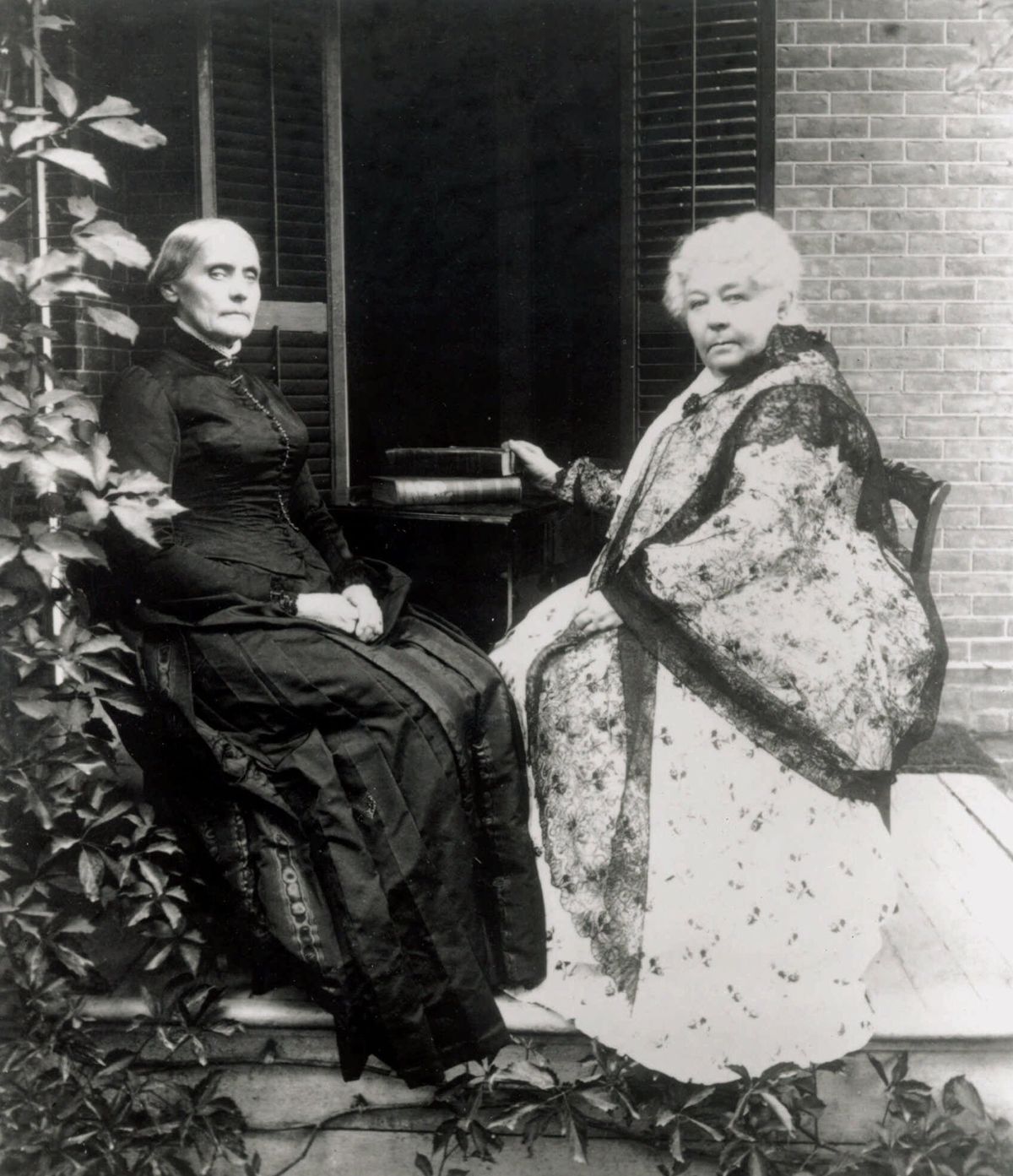We the People: Susan B. Anthony helped lead the way to expanding the vote to women

Each week, The Spokesman-Review examines one question from the Naturalization Test immigrants must pass to become United States citizens.
Today’s question: Who was a key leader of the women’s rights movement in the 1800s?
As a trailblazer for women’s rights during the 1800s, Susan B. Anthony is credited with fiercely advocating for women’s right to vote throughout her 50 years of political work. Born in Adams, Massachusetts, Anthony’s community was invested in uprooting the status quo early on.
Her family identified as Quakers. Also commonly known as The Religious Society of Friends, Quakers were a subsection of the Protestant Church, which began in England in the 1650s. Thought of as outsiders in the colonies, Quakers were prohibited from owning enslaved Africans once America was established in 1776.
For the next 14 years, Quakers fought U.S. Congress for the abolition of slavery. Anthony’s middle name, Brownell, is a namesake for Simeon Brownell, a Quaker popular for his ventures as a businessman and abolitionist.
The daughter of an affluent family, her opportunities for education were rare yet life-changing, affording her the ability to read, write and study beyond the standard for women in the 19th century. She defied the experience of women’s poverty, discrimination and economic disadvantage as the acceptable norm.
By the 1850s, Anthony began working as an American women’s right activist and abolitionist. On May 12, 1851, Anthony attended an antislavery lecture conducted by William Lloyd Garrison in Seneca Falls, New York. That’s where she met Elizabeth Cady Stanton, another American social activist who became Anthony’s political partner for 50 years.
With Stanton, a wife and mother of seven young children, Anthony, who was childless and single, split the duties of activism. Stanton prepared legal studies and wrote speeches at home, while Anthony delivered Stanton’s content, organized meetings and attended public appearances on their behalf.
“Here we forged resolutions, protests, appeals, petitions, agricultural reporters and constitutional arguments for we made it a matter of conscience to accept every invitation to speak on every question, in order to maintain woman’s right to do so,” Stanton wrote in her autobiography ‘Eight Years and More.’ “Miss Anthony has been my good angel, always pushing and goading me to work and but for her persistence, I should never have accomplished the little I have.”
More women began attending suffrage events as Anthony gained more steam with public appearances. But by 1861, the Civil War had begun.
Anthony and Stanton then returned to her abolitionist roots and founded the Women’s National Loyal League in May 1863. With women’s rights on the back burner, the pair could support the abolition of slavery in full force, gaining more than 5,000 women as supporters and 400,000 national signatures to abolish slavery during the group’s two-year stint.
Once Abraham Lincoln issued the Emancipation Proclamation in 1863, Anthony shifted her focus back to women’s rights with more supporters than ever before. The Civil War stitched national freedom fighters together after they attended more national conferences and writing proposals for new legislation. This worked out in Anthony’s favor, as she witnessed how abolitionists united on a national scale.
Anthony returned to the women’s suffrage movement as the 14th and 15th Amendment only allowed all men to vote (a scattered concept, given that some states – not ruled unconstitutional until 1915 – banned voting by people whose grandfathers could not vote, a clear attempt to prevent former enslaved men from voting). With a national support system, Anthony and Stanton founded the National Women’s Suffrage Association, with its headquarters in New York City, in 1869.
Along with the NWSA’s founding, Anthony created a newspaper, The Revolution, which discussed common talking points of suffrage such as voting, divorce, reproductive rights and prostitution. “Justice, not Favors – Men, their Rights and Nothing More; Women, their Rights and Nothing Less,” served as The Revolution’s motto.
At a barbershop in her hometown of Rochester, New York, Anthony illegally voted in the 1872 Presidential Election between Ulysses S. Grant and Horace Greeley. In court, Anthony claimed her right to vote was rooted in her ability to do so as a natural citizen and person.
She was found guilty and ordered to pay a $100 fine. Anthony was arrested two weeks after the voting scandal. While other suffragettes made similar attempts, Anthony’s stuck due to her nationally known advocacy.
NWSM and its competitor, the American Woman Suffrage Association, eventually merged in 1888 to become the National American Women’s Suffrage Association, and Anthony led the group until 1900.
At the age of 86, Anthony died on March 13, 1906, 14 years before women’s right to vote was ratified as the 19th Amendment on Aug. 18, 1920.
She is buried in Mt. Hope Cemetery in her hometown of Rochester, New York. It is a national tradition that, after presidential elections, women pay tribute to Anthony’s work by placing “I voted” stickers onto her headstone.